At $66K, this Mercedes supersedan was well-bought, and expensive to own
It wasn’t the original fast four-door, but the Mercedes- Benz 300 SEL 6.3 was an important and bold car for the then-conservative company that built it, and it set M-B down the path of stuffing big V-8s into moderately-sized sedans. One of these Ur-super-sedans sold this week for $66,340 on Hagerty Marketplace. That’s a fair, market-appropriate number given its condition, but a look at the car’s history shows that owning a classic car (especially a Mercedes) is about more than the number on the bill of sale.
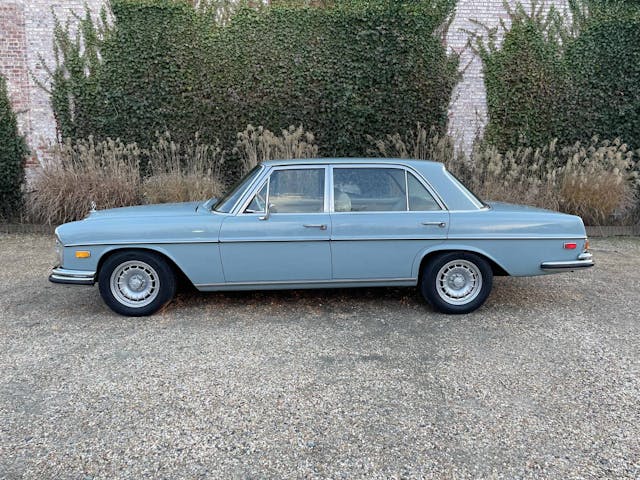
“Mercedes-Benz 300 SEL 6.3” sure is a mouthful to say (I timed it—it takes 3.18 seconds), but the story behind it is simple enough. During the ’60s, after the company’s withdrawal from racing in 1955 but long before the days of AMG, Mercedes-Benz mostly built solid, well-engineered cars with adequate levels of speed. High-performance wasn’t really in the sauce; the luxury two-seater SL was about as sporty as it got. But Daimler-Benz engineer Erich Waxenberger had the bright idea to take the handsome Paul Bracq-styled 300 SEL sedan (known internally as the W109), throw out its 3.0-liter straight-six engine, and in its place put the oversquare 6.3-liter V-8 (known internally as the M100) from Mercedes-Benz’s massive, oligarchic 600 Grosser limousine. The production version threw in extra luxury like leather, power windows, air conditioning, and burled walnut trim, and the new Benz debuted at the 1968 Frankfurt Motor Show. The only quick ways to tell it apart from the regular old 300 SEL were the slightly larger exhaust pipes and the “6.3” badge at the right corner of the trunk.
Other than some old-fashioned features like swing axles in the back, the 6.3 was an advanced car in the late ’60s. And a fast one, too. Self-leveling air suspension and four-wheel ventilated disc brakes were relatively exotic stuff, while the M100 overhead cam engine, with its mechanical port injection was good for 300 horsepower and 434 lb-ft of torque. In large part thanks to that monster torque figure, the two-ton Benz could scoot to 60 in about seven seconds on its way to over 130 mph. Those were perfectly respectable numbers for a dedicated sports car at the time. For a big fat four-door, they were shocking.
Road testers loved it. Brock Yates called the 300 SEL 6.3 “the most stimulating, desirable four-door sedan to appear since the Model J Duesenberg.” Road & Track titled its test “Merely the Greatest Sedan in the World” and justified it by explaining that “whatever it is asked to do, it does better than almost any other car.” On the interior: “everything has the air of unostentatious good taste and solid workmanship.” On the ride: “on rough roads, the 6.3 is simply miles and years ahead of anything built in the U.S. … and most of Europe.” And as for speed, the R&T guys reportedly took their 6.3 to a run-what-you-brung night at Orange County International Raceway and got three drag runs, good for two wins and one loss. The loss, and one of the wins, was against a 427 Corvette. A few years later at the 24 Hours of Spa, AMG notched its first major race victory with a highly-modified 300 SEL called the “Red Pig.”
All this car came at a price, of course. A new 300 SEL 6.3 in the U.S. cost about 14 grand at a time when many commuter cars cost about two. Even so, Mercedes-Benz was able to sell over 6500 examples worldwide. Now that they’re classics, maintaining the complicated bits like air suspension and the M100 V-8 can be daunting, but through Mercedes-Benz Classic, there is lots of support and most parts are available. In the last few years, the cleanest examples have stretched past $100K, but plenty of usable examples have also been selling in the mid-five-figure range. Not bad for what was a groundbreaking car in its day. Then again, you know what they say about old luxury cars being cheap to buy and expensive to own.
The 6.3 that sold this week is a mostly unrestored but well-kept car finished in the handsome combination of Horizon Blue over Natural leather. It has a sunroof, air conditioning, Becker Europa radio, upgraded wheels and stainless steel exhaust. The car has some hardware, too, having won the Preservation Award at the Misselwood Concours in 2018. It also appears that the person who sold the car this week bought the car at the 2018 Bonhams Simeone auction for $60,480. Against the $66,340 sale price (about the car’s condition #3+ value) they more or less broke even on purchase price.
But there’s more to it than that. The listing boasts $79,000(!) worth of service since 2018. So while this famous sedan can certainly be rewarding to drive, look at and own, this sale is a great example that you have to factor in servicing and repairs when shopping for one. You don’t just have to pay to buy a vintage Mercedes—you have to pay to own one, too. That said, if you find the right car, you can nudge those ownership costs down the road a ways.
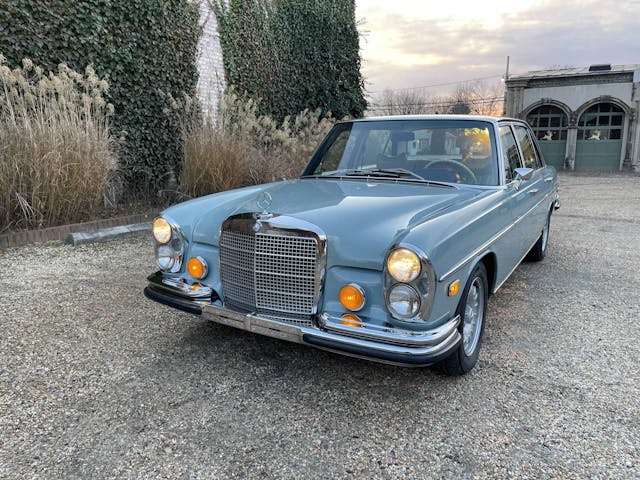
***
Check out the Hagerty Media homepage so you don’t miss a single story, or better yet, bookmark it. To get our best stories delivered right to your inbox, subscribe to our newsletters.

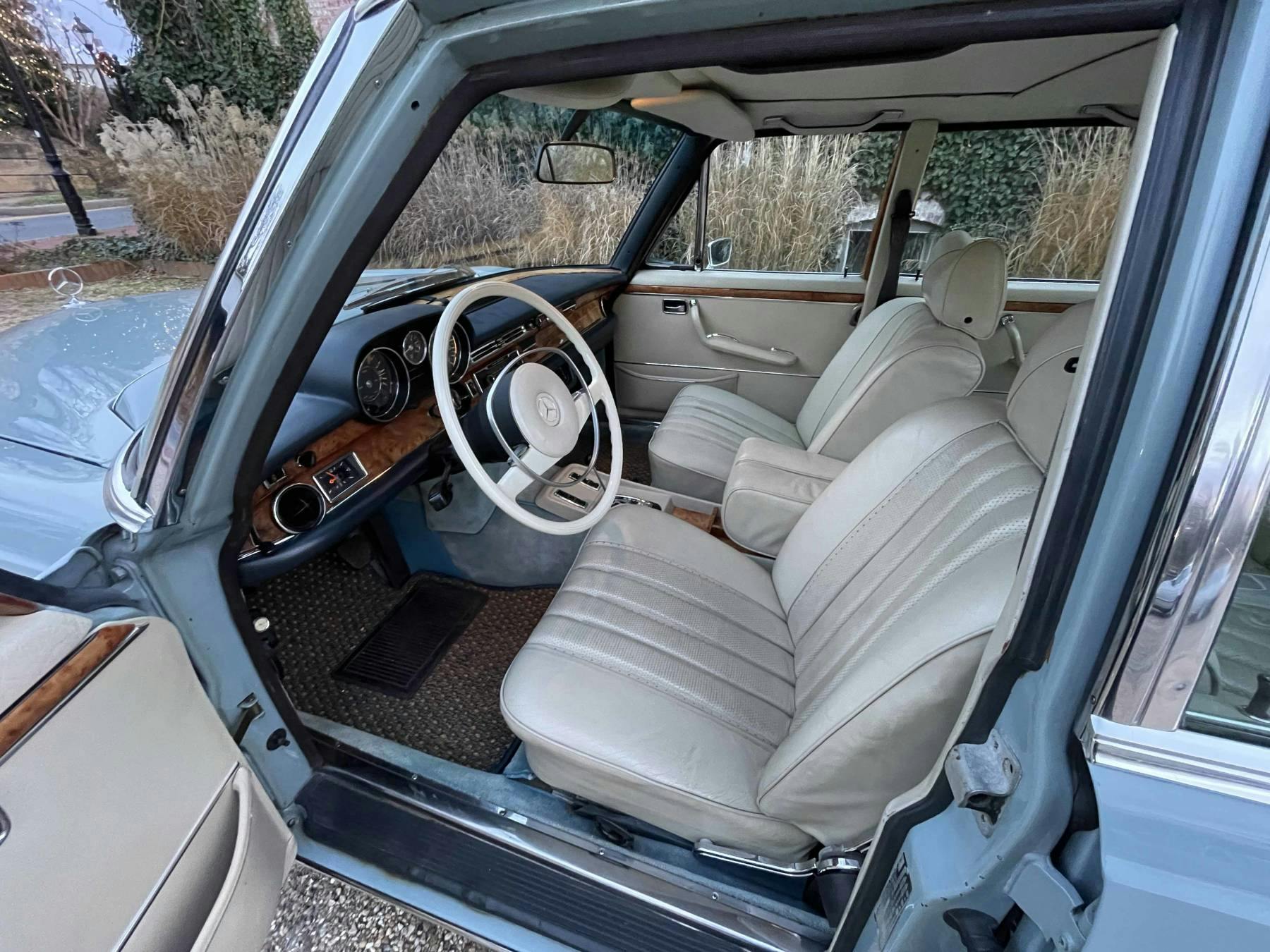
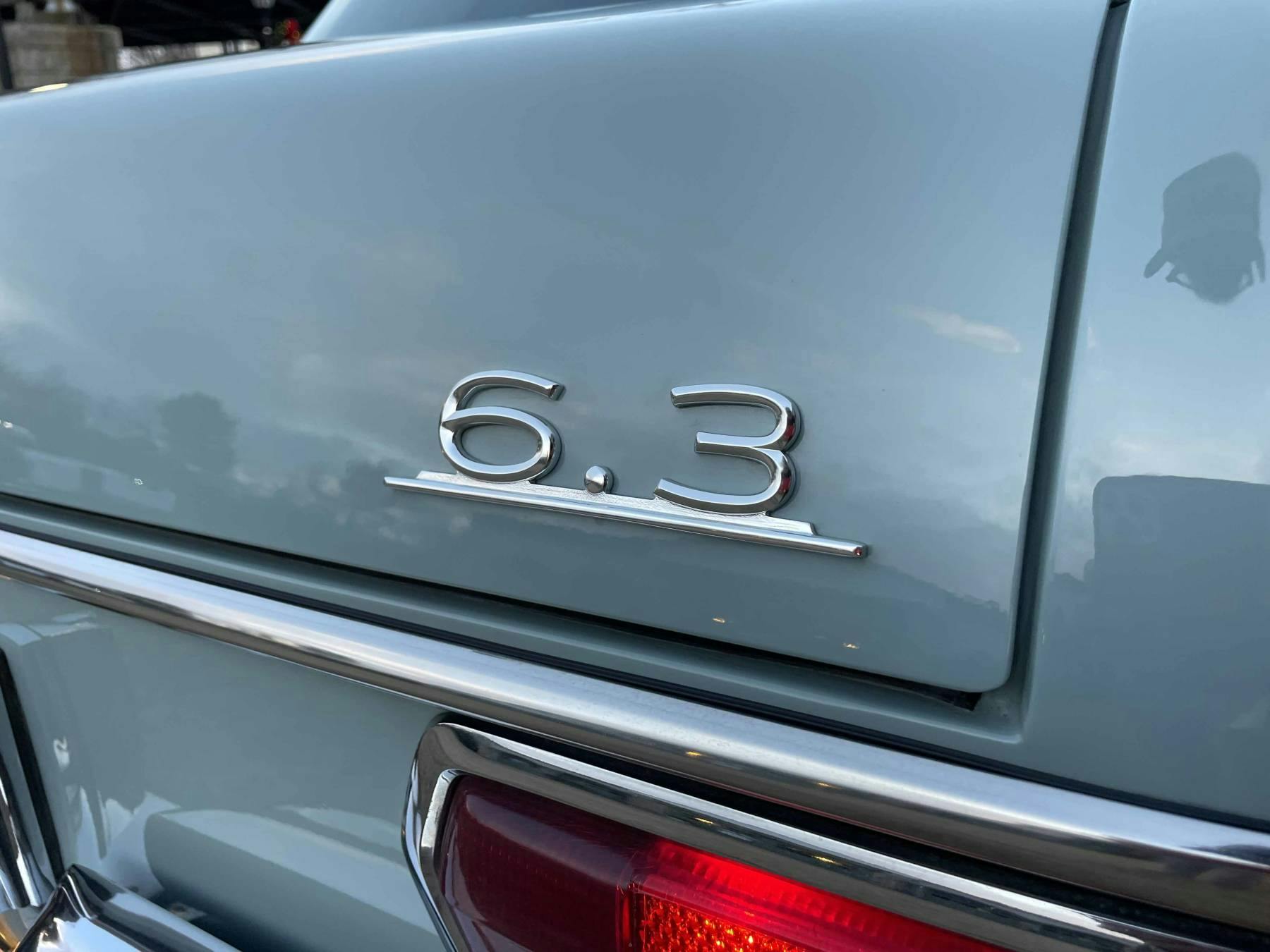
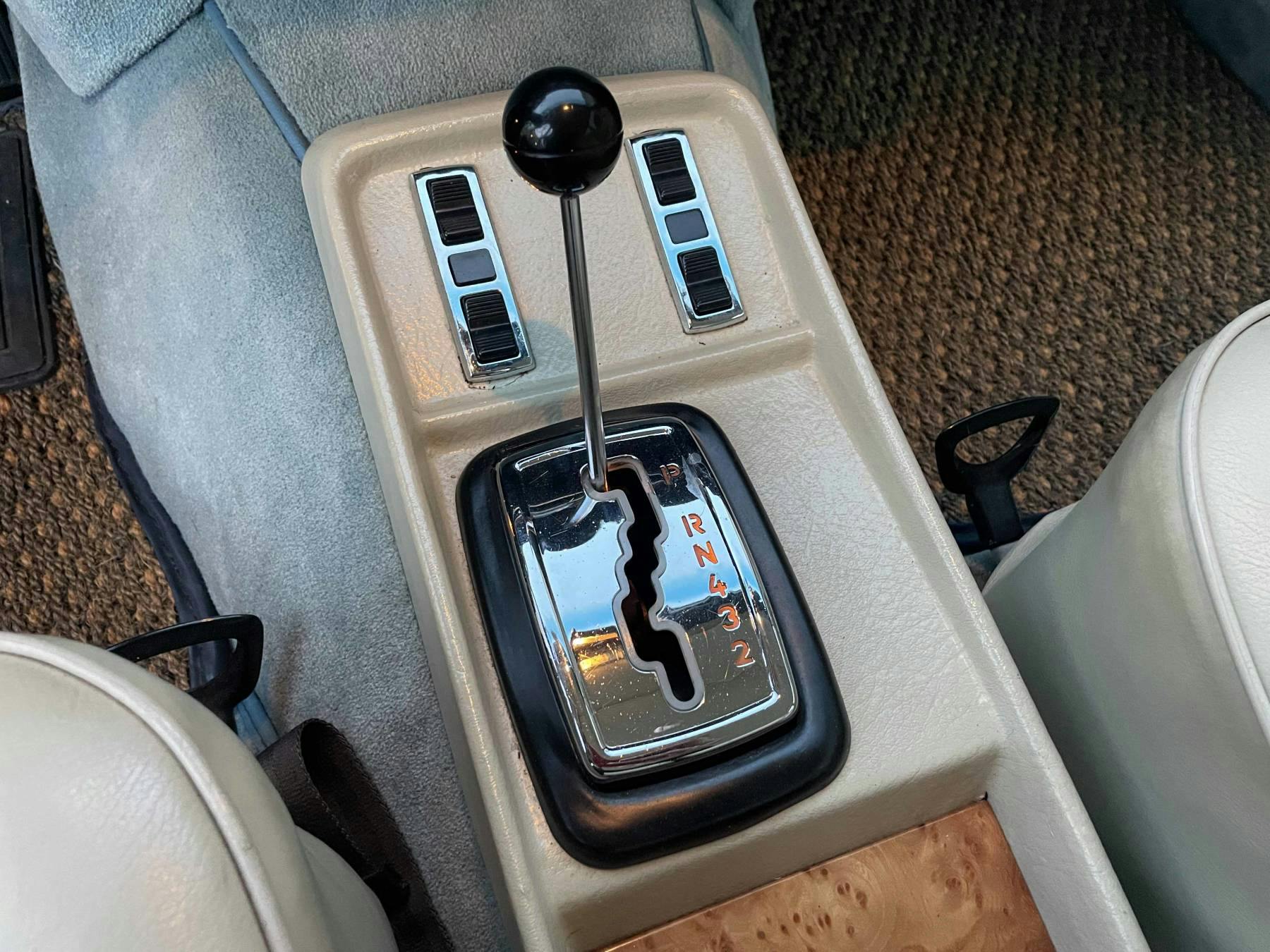
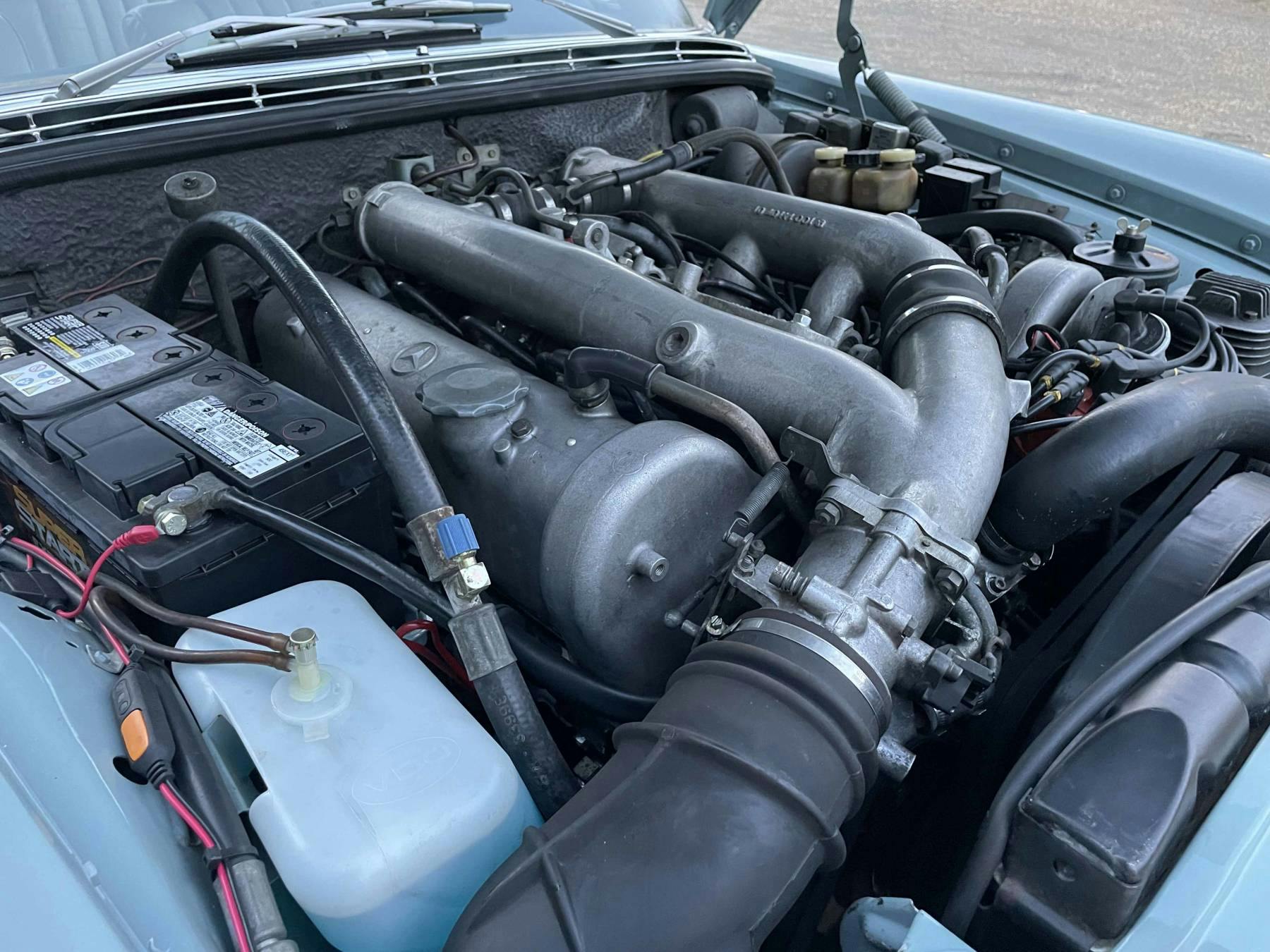

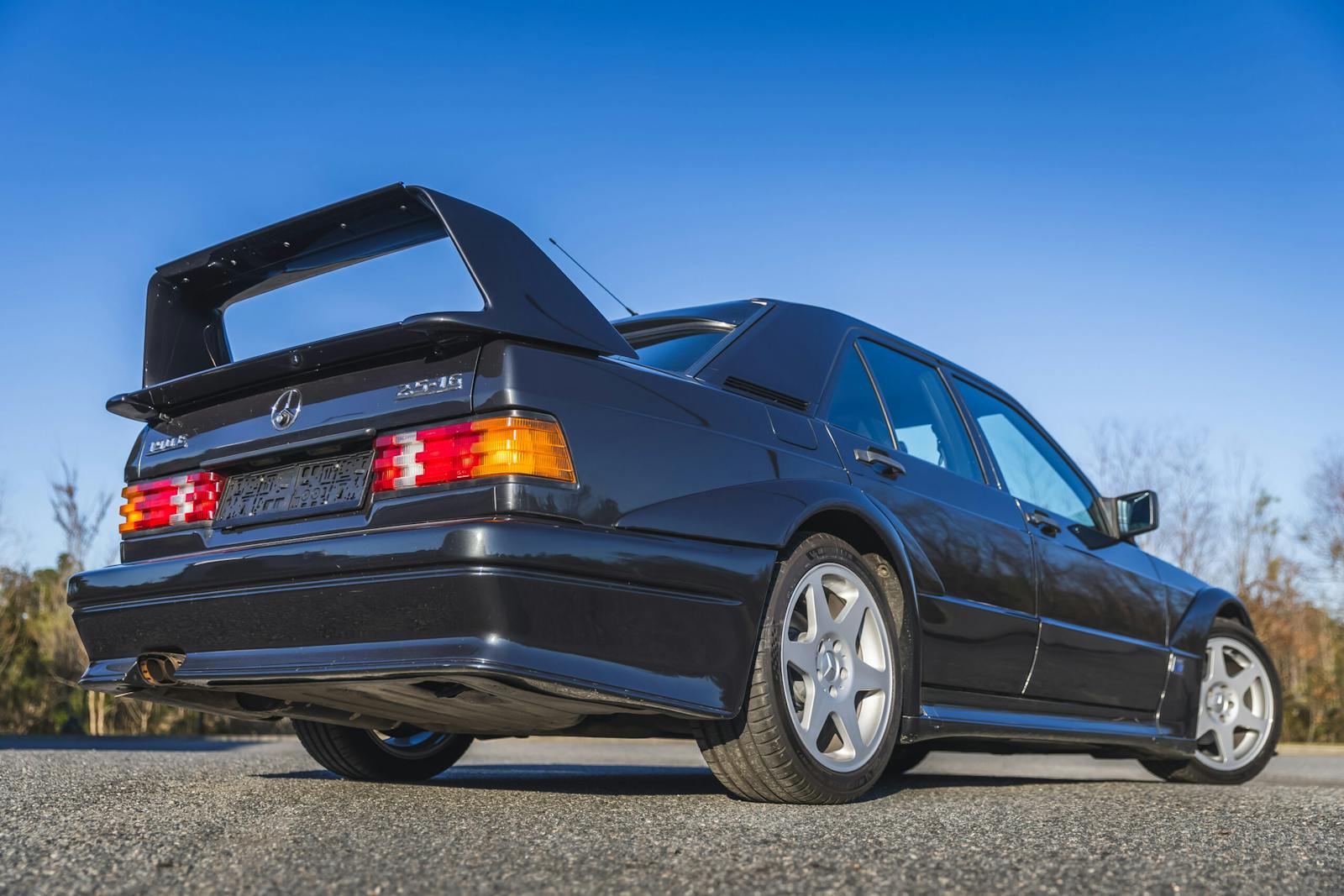
Great cars with surprising performance for their size and weight. The engine is a beast and will easily light up the tires during the 1-2 shift under full throttle. As with many older high-end European cars, lack of proper maintenance is the biggest problem you encounter. However, because these are analog cars and parts are readily available (thank you MB for supporting your classic models), repairs are always possible, albeit costly and time consuming in many areas. Once fully sorted, these cars are a pleasure to drive, very reliable, and have routine maintenance costs well below those of Italian exotics.
Love the color. The 6.3L V8 is a fun motor.
79K on maintenance? Wow. Wish I owned that shop.
It doesn’t sound like they got the friends and family discount, does it?
I’d paint it black, put two phony flags on the front fenders and see what they’d do when my driver parked it in front of the U.N. You only go around once.
Horizon blue is a plain colour on any Mercedes ,but then a 6.3 was all about getting to “B” quickly,without fuss. No the nuetral colour was ,maybe, someones Idea of a stealth tactic.
I still have mine (#1675) although it went under in a flood.I’m too old to restore her but the sight of her brings back memories of wiping the grins of more modern ‘fast cars’ as ‘grandads old diesel’ leaves them behind at the lights.